Home>diy>Architecture & Design>What Is New In Small House Design
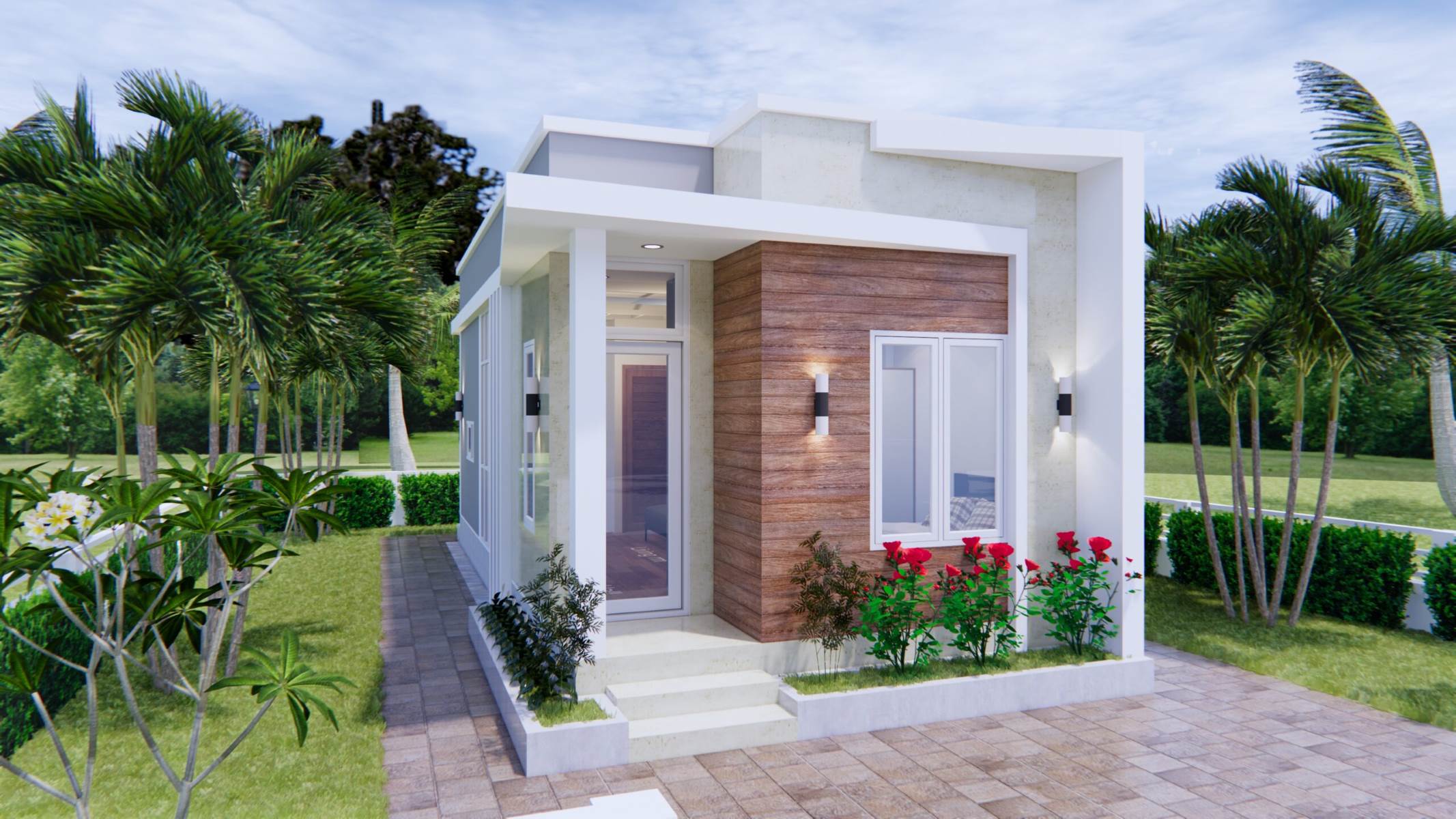

Architecture & Design
What Is New In Small House Design
Modified: January 24, 2024
Discover the latest trends in architecture design for small houses. Explore innovative ideas and techniques to create functional and stylish spaces that optimize every square inch.
(Many of the links in this article redirect to a specific reviewed product. Your purchase of these products through affiliate links helps to generate commission for Storables.com, at no extra cost. Learn more)
Introduction
Welcome to the world of small house design! In the ever-evolving field of architecture and interior design, small house designs have gained immense popularity in recent years. With the increasing need for affordable and sustainable housing, architects and designers are pushing the boundaries to create innovative and efficient spaces that maximize every square inch. This article will explore the latest trends and techniques in small house design, focusing on space utilization, multi-functional furniture, open floor plans, smart home technology, sustainable elements, creative storage solutions, outdoor living spaces, natural light, and the incorporation of nature. So, let’s dive in and discover what’s new and exciting in the realm of small house design.
Key Takeaways:
- Small house design trends focus on maximizing space, multi-functional furniture, open floor plans, smart home technology, sustainable elements, creative storage solutions, outdoor living spaces, natural light, and incorporating nature for efficient, beautiful, and functional living spaces.
- Integrating nature, maximizing natural light, and embracing innovative design trends enable small homes to become havens of style and comfort, proving that size is no barrier to achieving a beautiful and functional home.
Read more: What Is Porch In House
Efficient Use of Space
When it comes to small house design, every inch counts. Designers are increasingly finding innovative ways to maximize space utilization in small homes. This involves clever space-saving techniques and smart design choices. From utilizing vertical space with tall bookcases and wall-mounted storage units to incorporating built-in furniture, every nook and cranny is utilized efficiently.
In addition to utilizing vertical space, designers are also focusing on utilizing underutilized spaces. For example, the space under the staircase can be transformed into a storage area or a cozy reading nook. The area below the bed can be designed with built-in drawers or shelves to optimize storage.
Open shelving is another trend in small house design. It not only adds a sleek and modern look to the space, but it also eliminates the need for bulky cabinets, creating an illusion of a larger area. By utilizing open shelving in the kitchen, for instance, you can display your dishware and create a visually appealing focal point.
Furthermore, designers are incorporating innovative furniture solutions like foldable tables, wall-mounted desks, and pull-out beds to maximize space. These multi-functional pieces of furniture can be easily transformed and tucked away when not in use, providing a flexible and adaptable living environment.
Overall, the efficient use of space in small house design is all about eliminating clutter, optimizing storage, and creating a sense of openness and functionality. The key is to carefully plan and design each element in the space to serve a specific purpose, ensuring that every square foot is utilized effectively.
Multi-functional Furniture
In small house design, multi-functional furniture has become a game-changer. It allows homeowners to maximize their space without sacrificing style or functionality. With the rise in demand for flexible living spaces, designers are coming up with innovative furniture solutions that serve multiple purposes.
One popular example is the sofa bed. Gone are the days when sofa beds were clunky and uncomfortable. Today, they are designed with style and comfort in mind, ensuring a seamless transition from a cozy sofa to a comfortable bed. This dual-purpose furniture piece is perfect for small living rooms or studio apartments, where space is limited.
Another fantastic multi-functional furniture piece is the storage ottoman. This versatile piece serves as a footrest, extra seating, and storage unit all in one. It is a great solution for small living rooms or bedrooms, providing a place to relax, store items, and declutter the space.
Wall beds, also known as Murphy beds, are an ideal space-saving solution for small bedrooms or guest rooms. These beds can be folded up against the wall when not in use, creating additional living space during the day. Modern wall bed designs even include integrated storage options, further maximizing functionality.
Tables with built-in storage compartments are another popular choice in small house design. These tables serve as both a functional surface for eating or working and a hidden storage space for books, magazines, or other small items. This eliminates the need for additional shelving units or cabinets, keeping the space clutter-free.
One innovative concept in small house design is modular furniture. This type of furniture consists of individual pieces that can be rearranged or stacked to create different configurations. For example, modular sofas with interchangeable modules allow homeowners to customize the seating arrangement according to their needs. This adaptability is particularly useful in small living spaces where flexibility is key.
By incorporating multi-functional furniture into small house designs, homeowners can optimize their space without compromising on style or convenience. These innovative furniture pieces not only serve multiple purposes but also add a touch of creativity and versatility to the overall design of the space.
Open Floor Plans
Open floor plans have become a prominent feature in modern small house design. This design concept involves removing unnecessary walls and partitions to create a seamless and open flow between different areas of the home. By eliminating barriers, open floor plans create a sense of spaciousness and facilitate natural light distribution, making smaller spaces feel larger and more inviting.
One of the key advantages of open floor plans is that they promote social interaction and connectivity. The absence of walls allows people to move freely between the kitchen, dining area, and living room, making it easier to entertain guests and have conversations while doing different activities.
Moreover, open floor plans promote better circulation and ventilation within the space, enhancing comfort and air quality. They also allow for more flexibility in furniture arrangement, as there are no restrictions imposed by walls or partitions. This flexibility enables homeowners to customize the space according to their needs and lifestyle.
Another benefit of open floor plans is the abundance of natural light that fills the space. With fewer walls obstructing the flow of light, small homes with open floor plans can feel brighter and more airy. This creates a positive atmosphere and reduces the reliance on artificial lighting during the day, leading to energy savings.
To define different zones within an open floor plan, designers often incorporate visual cues such as furniture placement, area rugs, or changes in flooring materials. These subtle distinctions help create a sense of purpose and individuality for each area without compromising the overall openness of the space.
When designing open floor plans, it is crucial to consider the acoustics of the space. With fewer barriers to absorb sound, noise can easily travel throughout the open area. To address this, designers use elements like rugs, curtains, or sound-absorbing panels to minimize echo and enhance the acoustics of the living area.
Overall, open floor plans are a popular choice in small house design due to their ability to promote social interaction, create an illusion of space, maximize natural light, and provide flexibility in layout. They have revolutionized the way people live and interact within their homes, making small spaces feel more expansive and inviting.
Smart Home Technology
In the era of technological advancements, smart home technology has made its way into small house design. Integrating smart home technology not only enhances convenience but also improves the functionality and efficiency of small spaces.
One of the key features of smart home technology is home automation. With smart devices and systems, homeowners can control various aspects of their homes remotely or through voice commands. This includes adjusting lighting, temperature, security systems, and even appliances. Smart home automation allows for greater control and energy management, making small homes more efficient and sustainable.
Lighting plays a significant role in small house design, and smart lighting systems have become increasingly popular. With smart lighting, homeowners can adjust the intensity, color, and timing of the lights in different areas of the home. This not only enhances the ambiance but also helps save energy by automatically turning off lights when not needed.
Temperature control is another aspect where smart home technology shines. Smart thermostats allow homeowners to regulate the temperature of their homes remotely and schedule temperature adjustments based on occupancy. This helps maintain a comfortable environment while optimizing energy usage, resulting in energy savings and reduced utility bills.
Security is a top priority for homeowners, regardless of the size of their homes. Smart home security systems provide peace of mind by offering features such as smart locks, video doorbells, and motion sensors. These systems can be accessed and monitored remotely through smartphones, ensuring the safety of the home and its occupants.
Smart appliances have also made their way into small house design. From refrigerators and ovens to washing machines and vacuum cleaners, smart appliances offer convenience and efficiency. These appliances can be controlled through smartphone apps, allowing users to monitor and control their functions from anywhere.
Additionally, voice-controlled virtual assistants and smart speakers have become an integral part of many small homes. These devices enable users to control various smart features and perform tasks through voice commands, adding an extra layer of convenience and automation.
Integrating smart home technology into small house design offers countless benefits. It not only enhances convenience and control but also contributes to energy efficiency, security, and overall comfort. By embracing smart home technology, small homes can be transformed into efficient and futuristic spaces that cater to the needs and preferences of homeowners.
Sustainable Design Elements
With the growing concern for environmental sustainability, incorporating eco-friendly design elements has become a significant focus in small house design. By integrating sustainable practices, small homes can reduce their carbon footprint and create a healthier living environment.
One of the key aspects of sustainable design is energy efficiency. Small homes can incorporate various energy-saving features such as high-quality insulation, energy-efficient windows, and LED lighting. These elements help reduce energy consumption and lower utility bills while maintaining a comfortable indoor environment.
Incorporating renewable energy sources is another sustainable design element. Installing solar panels on the roof of a small house can generate clean energy to power the home. This reduces reliance on traditional energy sources and promotes a more sustainable lifestyle.
Water conservation is also an important consideration in sustainable small house design. Designers can incorporate low-flow fixtures, water-efficient appliances, and rainwater harvesting systems to minimize water usage. Additionally, utilizing native plants in landscaping designs reduces the need for excessive watering and promotes biodiversity.
Materials used in small house construction play a crucial role in sustainability. Choosing eco-friendly and recycled materials, such as bamboo flooring, reclaimed wood, or recycled glass countertops, reduces the environmental impact of the home. Additionally, utilizing locally sourced materials reduces transportation costs and carbon emissions.
Passive design strategies are another sustainable approach to small house design. By optimizing the placement of windows, orienting the home to maximize natural ventilation, and utilizing shading elements, small homes can minimize the need for artificial heating and cooling, thereby reducing energy consumption.
Incorporating efficient waste management systems is also vital in sustainable small house design. Designers can integrate recycling stations, composting units, and proper waste disposal infrastructure to encourage responsible waste management and minimize the amount of waste sent to landfills.
Furthermore, sustainability goes beyond the design and construction phase. Educating homeowners about energy-saving practices and providing resources for sustainable living can make a lasting impact. Encouraging recycling, energy conservation, and responsible consumption habits helps create a sustainable lifestyle within the small home environment.
By integrating sustainable design elements, small homes can minimize their impact on the environment and contribute to a greener future. These eco-friendly practices not only benefit the planet but also create healthier living spaces for homeowners.
When designing a small house, consider using multifunctional furniture to maximize space. Look for pieces that can serve multiple purposes, such as a sofa that can also be used as a bed or a dining table that can be folded down when not in use. This will help you make the most of the limited space available.
Creative Storage Solutions
In small house design, creative storage solutions are essential for maximizing space and maintaining a clutter-free environment. With limited square footage, it becomes crucial to think outside the box and find innovative ways to store belongings without sacrificing style or functionality.
One common strategy is utilizing vertical space. Installing tall, floor-to-ceiling shelves or bookcases provides ample storage for books, decor, and other items. Vertical storage not only maximizes space but also adds visual interest to the room by drawing the eye upward, making the space feel larger and more open.
Another creative storage solution is utilizing underutilized areas. For example, the space under the staircase can be transformed into a storage zone with built-in drawers or shelves. This often-overlooked space can be perfect for storing shoes, outerwear, or even creating a cozy reading nook.
Utilizing multi-functional furniture with built-in storage compartments is another clever solution. For instance, ottomans or coffee tables with hidden storage can provide extra space to store blankets, magazines, or other small items. Beds with built-in drawers or lift-up mattresses offer a concealed storage area for clothing or bedding.
Open shelving is a trending storage solution that adds a modern and minimalist touch to small house design. Open shelves create an opportunity to display and organize items with style, showcasing decor, dishes, or personal collections. They also eliminate the visual bulk of closed cabinets, making the space feel more open and airy.
Maximizing storage in the kitchen is crucial in small house design. Utilizing every inch of available space, designers incorporate creative solutions such as pull-out pantry shelves, corner storage units, and vertical dividers for cutting boards or baking sheets. These features enhance accessibility and keep all kitchen essentials organized and within reach.
Small bathrooms often require creative storage solutions. Designers can maximize vertical space by installing floating shelves or utilizing wall-mounted cabinets. Using baskets, hooks, and magnetic strips on the back of cabinet doors can create additional storage for toiletries, towels, and other bathroom essentials.
When it comes to creative storage solutions, it’s important to think outside traditional storage methods. Utilizing wall space with pegboards, hanging shoe organizers, or magnetic strips for tools or utensils can free up valuable drawer space. Repurposing items like vintage suitcases or crates as storage containers adds a unique and eclectic touch to the design.
Overall, creative storage solutions are crucial in small house design to maintain an organized and functional living space. By utilizing vertical space, multi-functional furniture, open shelving, and thinking outside the box, homeowners can optimize storage capacity while adding personality and style to their small homes.
Outdoor Living Spaces
In small house design, outdoor living spaces have become increasingly popular. Utilizing the outdoor area as an extension of the living space allows homeowners to enjoy the beauty of nature while maximizing the functional square footage of their small homes.
Creating a functional and inviting outdoor living space starts with the design of a well-planned layout. Whether it’s a small balcony, a rooftop terrace, or a compact backyard, every inch should be utilized effectively. Strategic placement of furniture, plants, and accessories can transform a small outdoor area into a cozy oasis.
Furniture selection is crucial in outdoor living spaces. Opting for space-saving and multi-functional furniture, such as foldable tables and chairs or built-in benches with hidden storage, is ideal for small areas. This allows for flexibility in arrangement and easy storage when not in use.
Maximizing greenery is essential in small outdoor spaces. Vertical gardens, hanging plants, and potted plants can add a touch of nature and liven up the area. Using climbing plants or trellises can also create privacy and shade, making the space more comfortable and inviting.
Lighting plays a significant role in outdoor living spaces, especially in the evenings. Incorporating ambient and task lighting, such as string lights, solar-powered lanterns, or LED spotlights, can create a warm and inviting atmosphere. It allows homeowners to extend their living space outdoors and enjoy the area even after dark.
Adding functional elements like an outdoor kitchen or a bar counter can enhance the outdoor living experience. Compact grills, portable stovetops, or mini-fridges can provide convenience for outdoor cooking and entertaining. These features enable homeowners to enjoy al fresco dining and socializing without the need for a large indoor kitchen.
Privacy is often a concern in outdoor living spaces, especially in urban settings. Incorporating privacy screens, pergolas, or tall plantings can create a sense of seclusion without obstructing the views or making the space feel cramped. This allows homeowners to relax and enjoy their outdoor retreat without feeling exposed.
Consideration of weather conditions is important when designing outdoor living spaces. Incorporating shade elements like umbrellas, awnings, or retractable canopies can protect against harsh sunlight or light rain. Additionally, using weather-resistant materials for furniture and accessories ensures longevity and easy maintenance.
An outdoor living space is not just limited to seating areas. Including other elements such as a small fire pit, a water feature, or a mini garden can add character and create a tranquil ambiance. These features bring a sense of serenity and relaxation to the outdoor space.
Outdoor living spaces offer a refreshing escape from the confines of a small house while providing additional areas for relaxation, entertainment, and connection with nature. With thoughtful design and creative use of the available space, homeowners can transform even the smallest outdoor areas into inviting and functional extensions of their living environment.
Maximizing Natural Light
In small house design, maximizing natural light is key to creating a bright and inviting living space. Natural light not only enhances the aesthetic appeal of a home but also offers numerous health and wellbeing benefits. Here are some strategies to maximize natural light in small houses.
The first step in maximizing natural light is to optimize the placement and size of windows. Designers prioritize larger windows that allow ample natural light to enter the space. Floor-to-ceiling windows, sliding glass doors, or skylights are popular choices for maximizing natural light and creating a seamless connection between the indoors and outdoors.
Clever placement of mirrors can also help maximize natural light. Hanging mirrors opposite windows or strategically positioning them to reflect light can amplify the brightness in a room. Mirrored furniture or accessories can also contribute to this effect, creating an illusion of more natural light and making the space feel larger and brighter.
Utilizing light-colored, reflective surfaces is another effective method for maximizing natural light. Choosing light-colored walls, floors, and furniture helps bounce natural light around the room, creating a brighter atmosphere. Glossy finishes on surfaces like countertops or tiles can further enhance the reflection of light.
Maintaining unobstructed views is crucial to maximizing natural light. Avoiding heavy drapes or curtains that block light is preferable. Instead, opt for sheer or light-colored window treatments that allow natural light to filter through while ensuring privacy. If privacy is a concern, frosted glass or sheer roller blinds can be used for a balance between privacy and natural light.
Keeping the space clutter-free is important for maximizing natural light. Removing unnecessary furniture or items that obstruct windows or block light flow is essential. Open floor plans, minimalistic design, and smart storage solutions can help maintain a spacious and uncluttered environment that allows natural light to fill the space.
Trimming foliage and trees near windows or using light-filtering blinds or shades instead of heavy curtains in areas with lush greenery can allow more natural light into the living space. Strategic landscaping can also play a role in maximizing natural light by avoiding tall structures or trees that cast shadows on the house.
Finally, the use of interior design elements that enhance natural light is essential. Light-colored curtains, sheer fabrics, and light-filtering blinds can still provide privacy while allowing natural light to pass through. Walls painted in light hues reflect light better than dark colors, creating a brighter overall ambiance.
Maximizing natural light in small house design not only brightens up the space but also creates a positive and uplifting atmosphere. It promotes a sense of openness, improves mood and productivity, and reduces the dependency on artificial lighting during the daytime. By employing strategic design techniques, homeowners can create a well-lit and inviting living environment in their small homes.
Read more: How To Negotiate A New Construction House
Incorporating Nature
Incorporating nature into small house design has significant benefits, both aesthetically and functionally. Bringing elements of the natural world indoors not only adds a sense of tranquility and beauty but also contributes to improved well-being and sustainability. Here are some ways to seamlessly integrate nature into small homes.
One of the simplest ways to incorporate nature is by introducing houseplants. Plants not only purify the air but also add a touch of greenery and vitality to any space. From small potted plants on windowsills to hanging plants or vertical gardens, there are numerous options for integrating plants into small houses. Low-maintenance varieties such as succulents or air plants are popular choices for those with limited time or space.
Natural materials play a crucial role in connecting small homes with the outdoors. Incorporating elements such as wood, stone, or bamboo creates a sense of warmth and harmony. From hardwood floors to exposed wooden beams or stone accents, these natural materials infuse the space with a touch of nature and provide a grounding effect.
Large windows or glass doors can serve as visual connectors to the external environment. Framing outdoor views and allowing natural light to flood the interior not only brings the beauty of nature inside but also creates a sense of spaciousness. These panoramic views have a transformative effect, blurring the boundaries between indoor and outdoor living.
Biophilic design principles can also be incorporated into small house design. This approach aims to enhance connectivity with nature through features such as living walls, water features, or indoor gardens. Even a small indoor herb garden in the kitchen can bring the essence of nature into the heart of the home. These features not only serve aesthetic purposes but also promote a sense of calm and well-being.
Nature-inspired artwork and decor can also contribute to the incorporation of nature. Using prints or paintings depicting landscapes, botanical illustrations, or wildlife can bring a sense of the outdoors into the space. Additionally, incorporating natural textures in textiles, such as linen or cotton, can further enhance the tactile connection to nature.
Utilizing natural light and ventilation is key to creating a nature-inspired atmosphere. Maximizing natural light through ample windows, skylights, or light tubes allows the space to feel brighter and more open. Cross-ventilation through strategically placed windows enables fresh air to circulate, creating a refreshing and rejuvenating environment.
Lastly, outdoor living spaces serve as a direct connection to nature. Even small balconies or terraces can be transformed into inviting outdoor retreats. Placing outdoor furniture, potted plants, or even a small vertical garden on these spaces allows residents to relax and enjoy the natural environment right outside their doors.
By incorporating nature into small house design, homeowners can create spaces that promote well-being, sustainability, and a deeper connection to the natural world. These design strategies not only enhance the aesthetic appeal of the home but also contribute to a sense of tranquility and harmony in our increasingly urbanized lives.
Conclusion
In the world of small house design, innovation and creativity have led to the emergence of new trends and techniques that make the most of limited space. From efficient use of space to multi-functional furniture, open floor plans to smart home technology, sustainable design elements to creative storage solutions, and outdoor living spaces to maximizing natural light and incorporating nature, there are endless opportunities to create functional and beautiful small homes.
Efficient use of space is essential in small house design, and designers continue to find ingenious ways to optimize every square inch. Multi-functional furniture serves as a versatile solution, allowing homeowners to make the most of limited space without compromising on style or functionality.
Open floor plans promote social interaction, facilitate natural light distribution, and create a sense of spaciousness in small homes. The integration of smart home technology enables homeowners to control various aspects of their homes remotely, improving convenience and energy efficiency.
Sustainable design elements play a crucial role in small house design, reducing the environmental impact while creating healthier living environments. Creative storage solutions help declutter small spaces and keep belongings organized.
Outdoor living spaces provide an extension of the living area and an opportunity to connect with nature. Maximizing natural light not only brightens up the space but also enhances the overall ambiance and reduces reliance on artificial lighting.
The incorporation of nature adds a sense of tranquility and beauty to small house design. By bringing elements of the natural world indoors and using natural materials, homeowners can create a harmonious and sustainable living environment.
In conclusion, small house design has evolved to meet the demands for efficient, functional, and aesthetically pleasing living spaces. By embracing the latest trends and techniques, homeowners can transform their small houses into havens of style and comfort. With the right strategies and creative solutions, small homes can offer a delightful and fulfilling living experience, proving that size is no barrier to achieving a beautiful and functional home.
Frequently Asked Questions about What Is New In Small House Design
Was this page helpful?
At Storables.com, we guarantee accurate and reliable information. Our content, validated by Expert Board Contributors, is crafted following stringent Editorial Policies. We're committed to providing you with well-researched, expert-backed insights for all your informational needs.
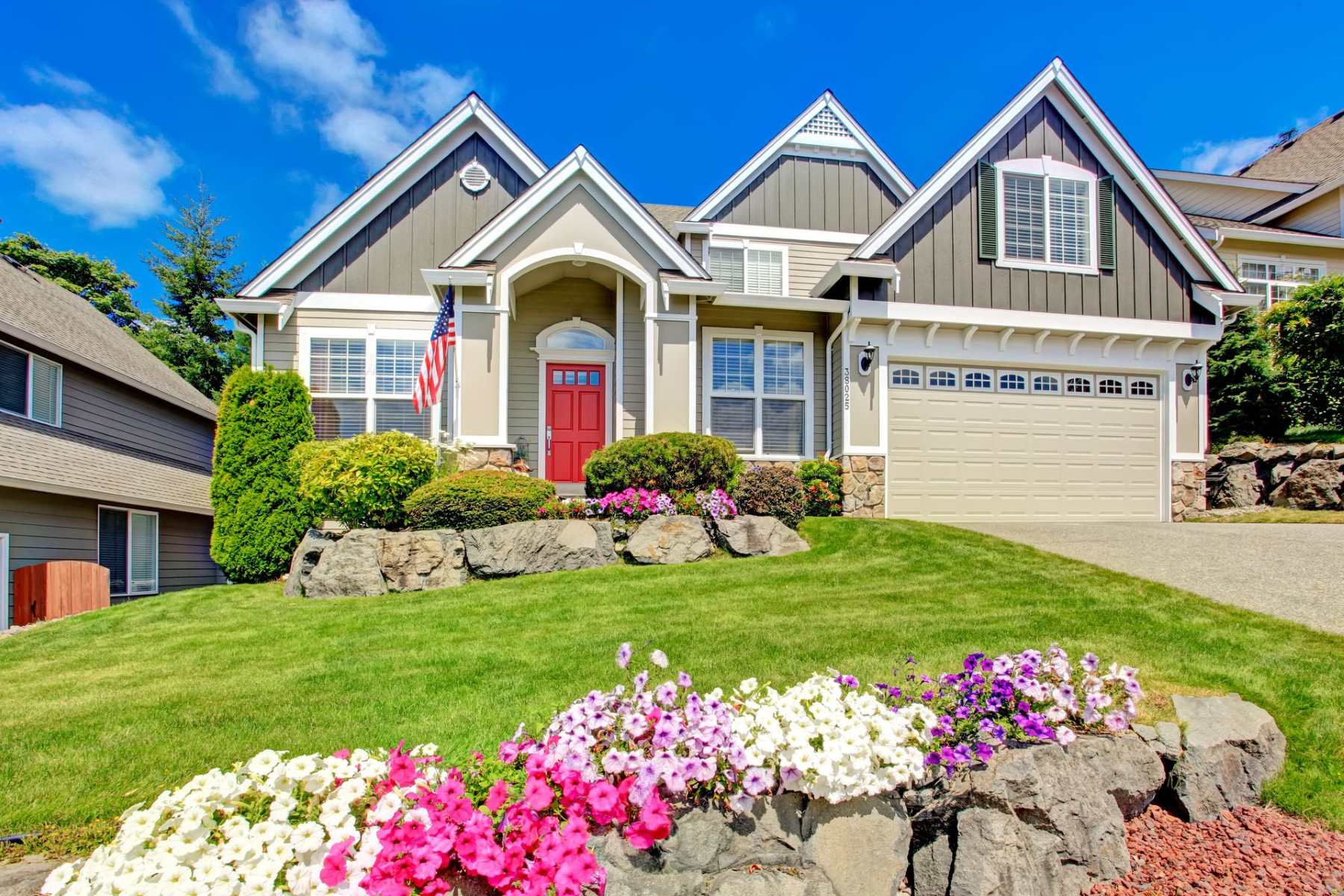
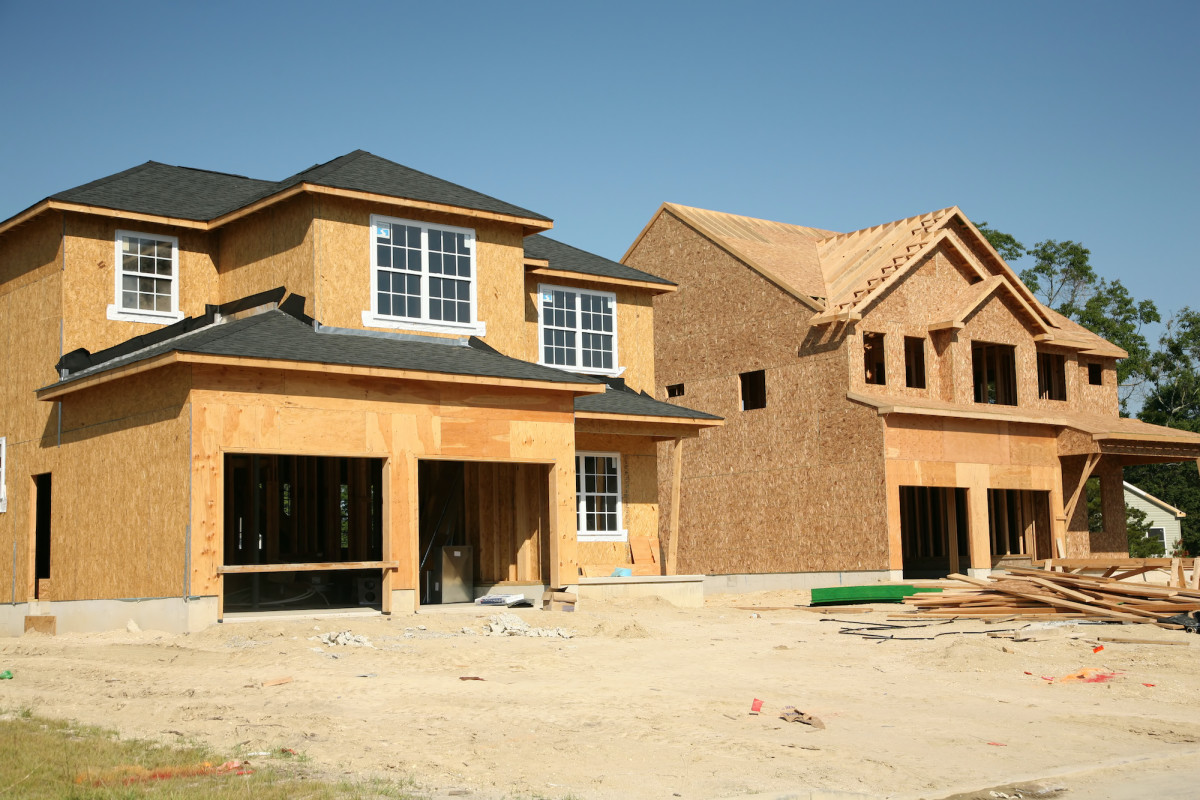
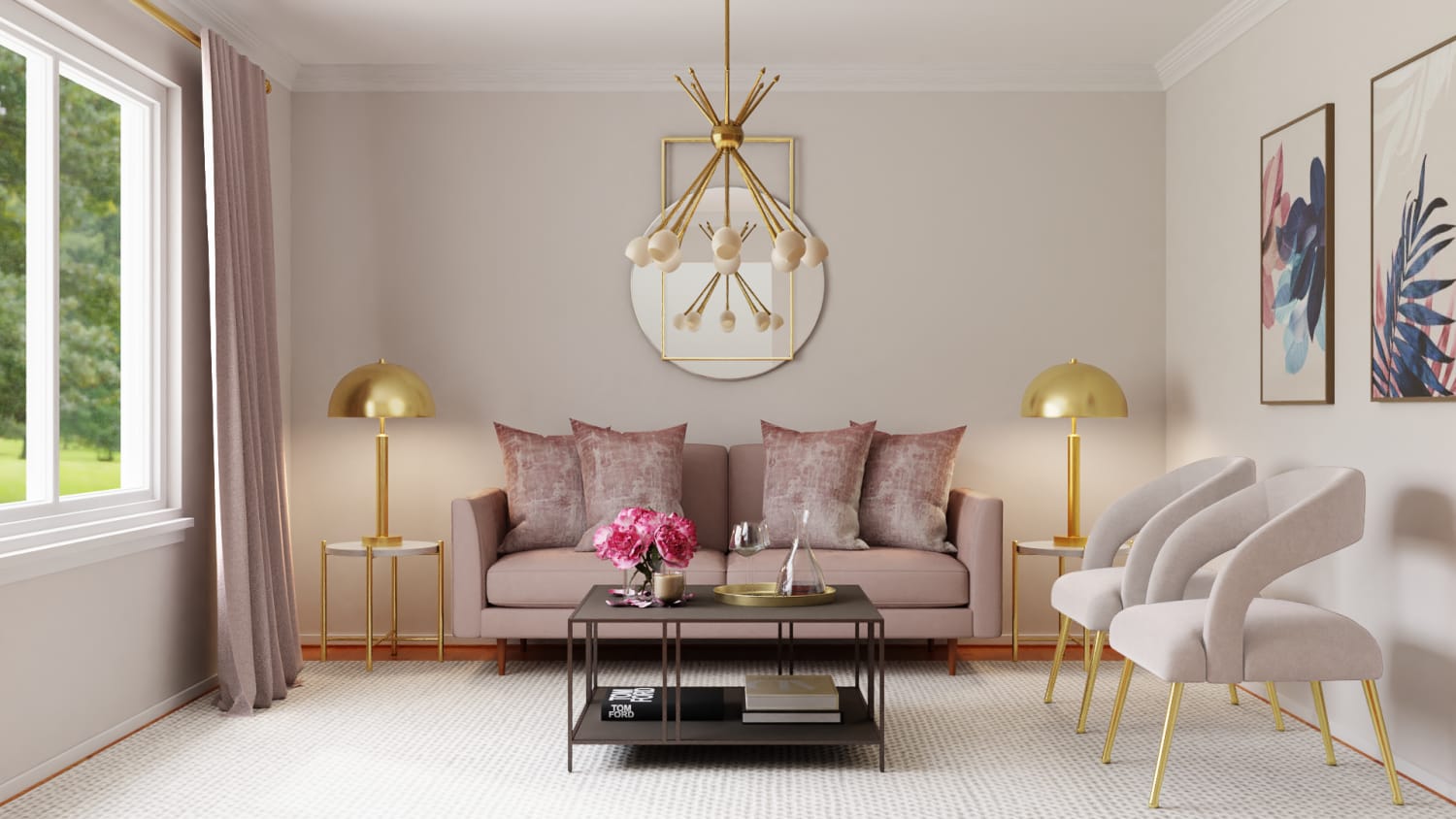
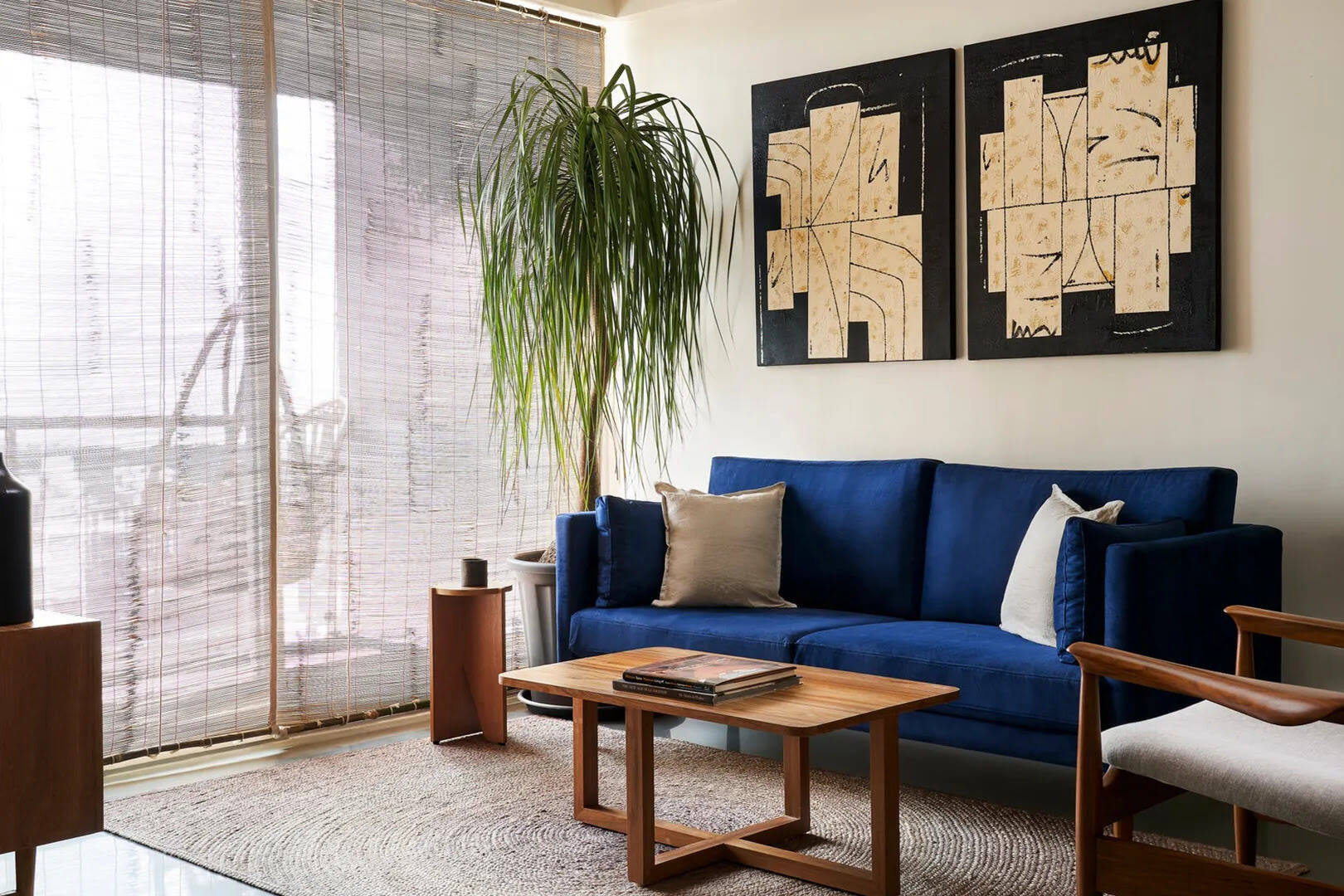
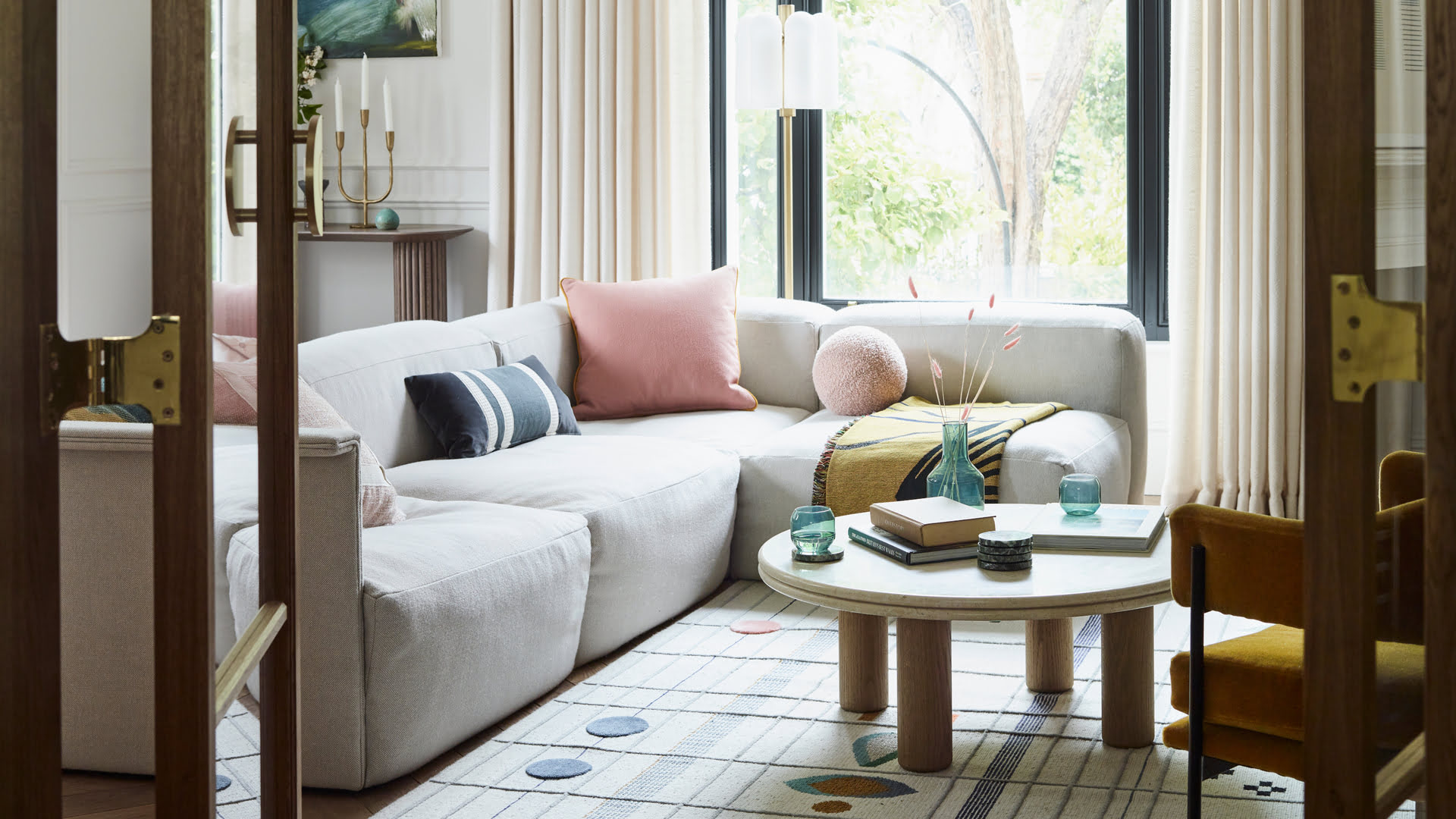
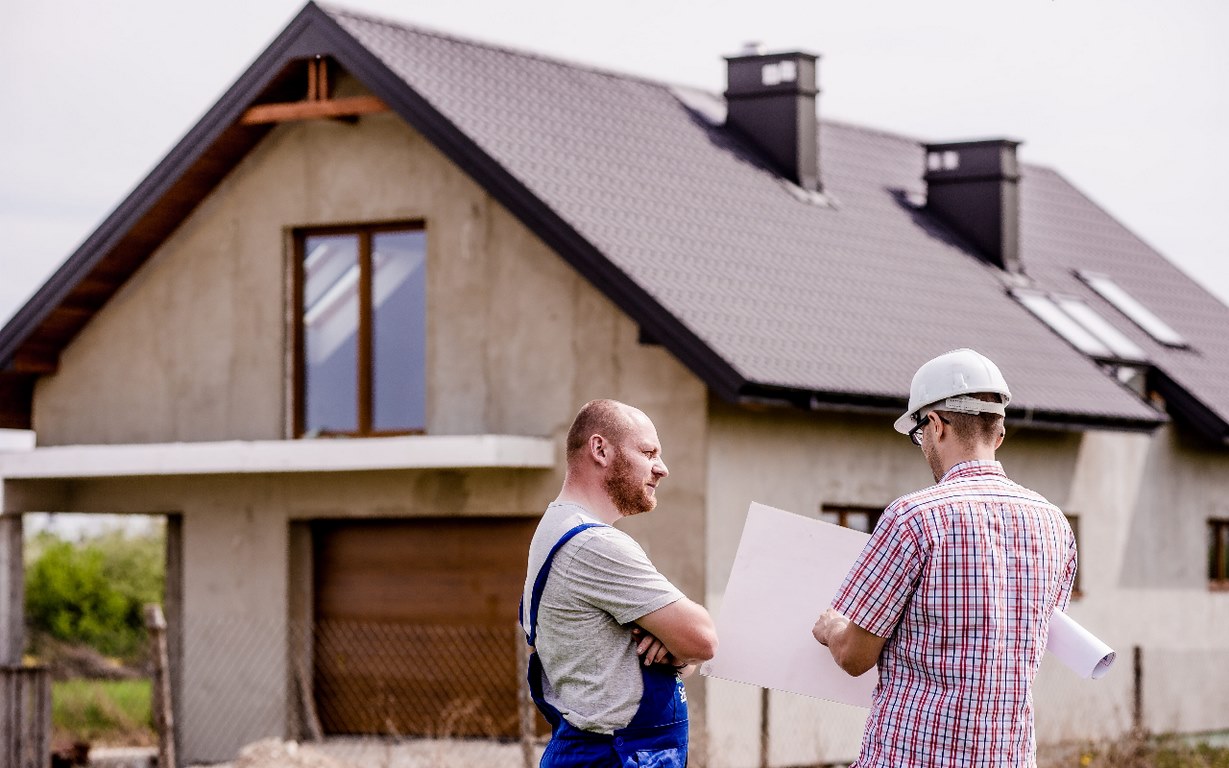
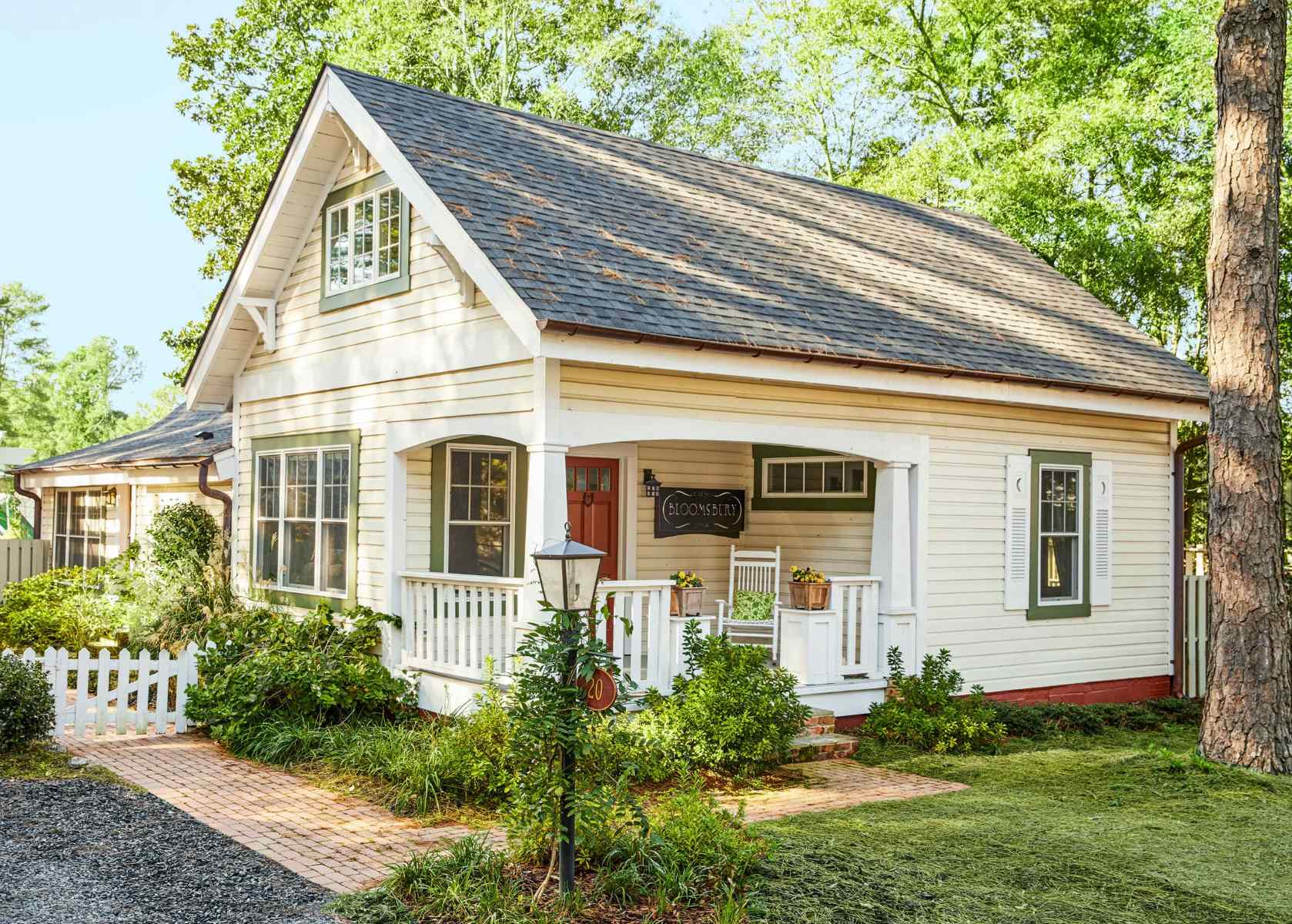
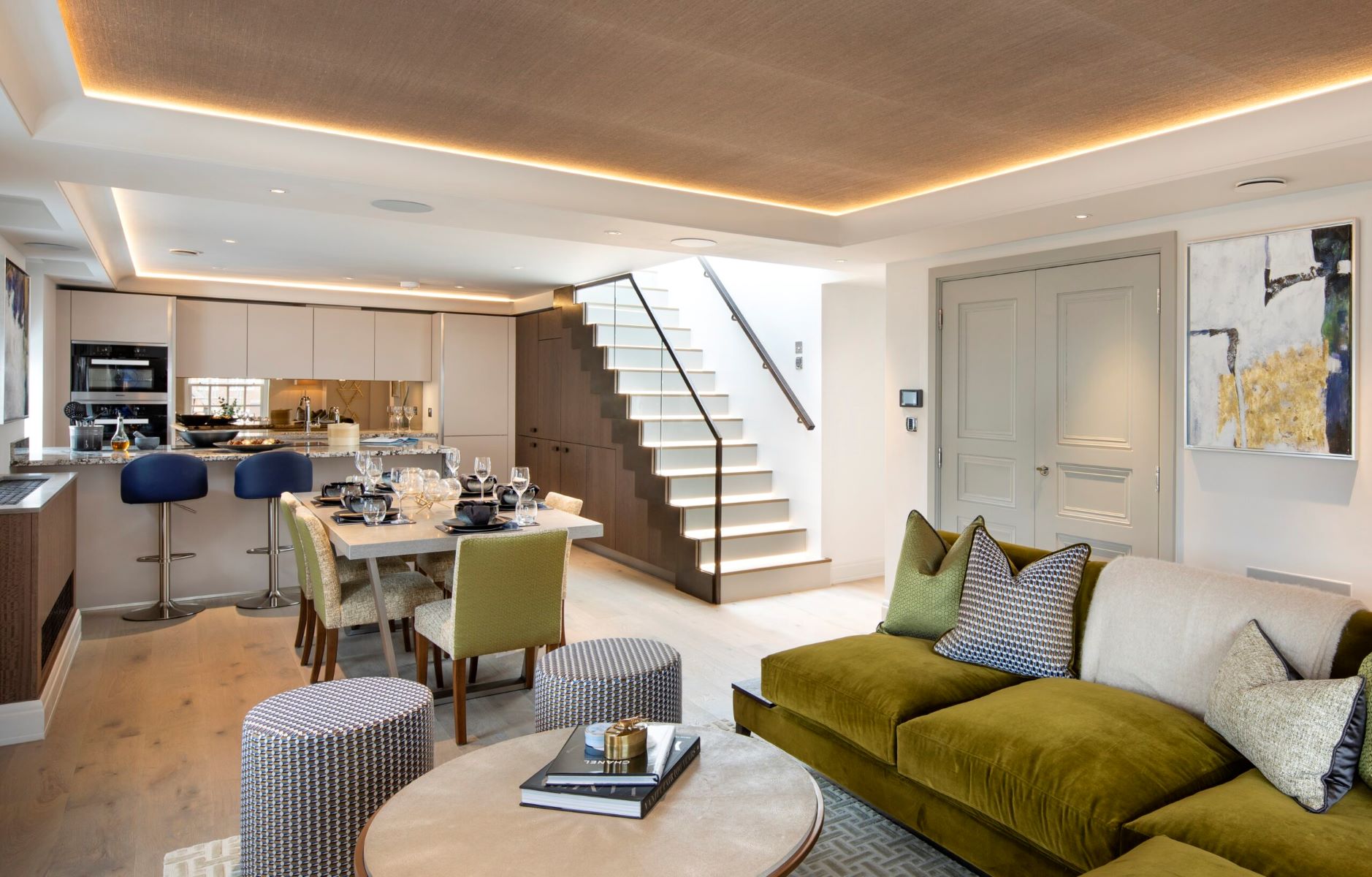
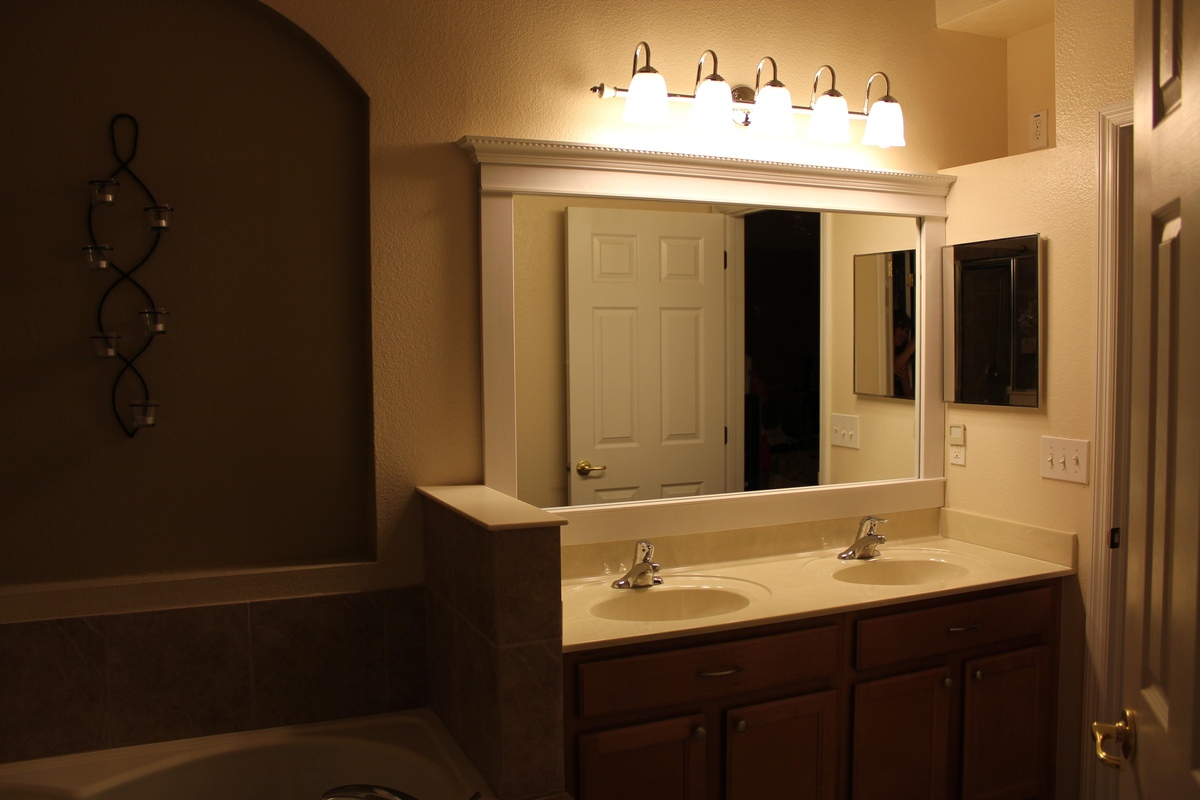
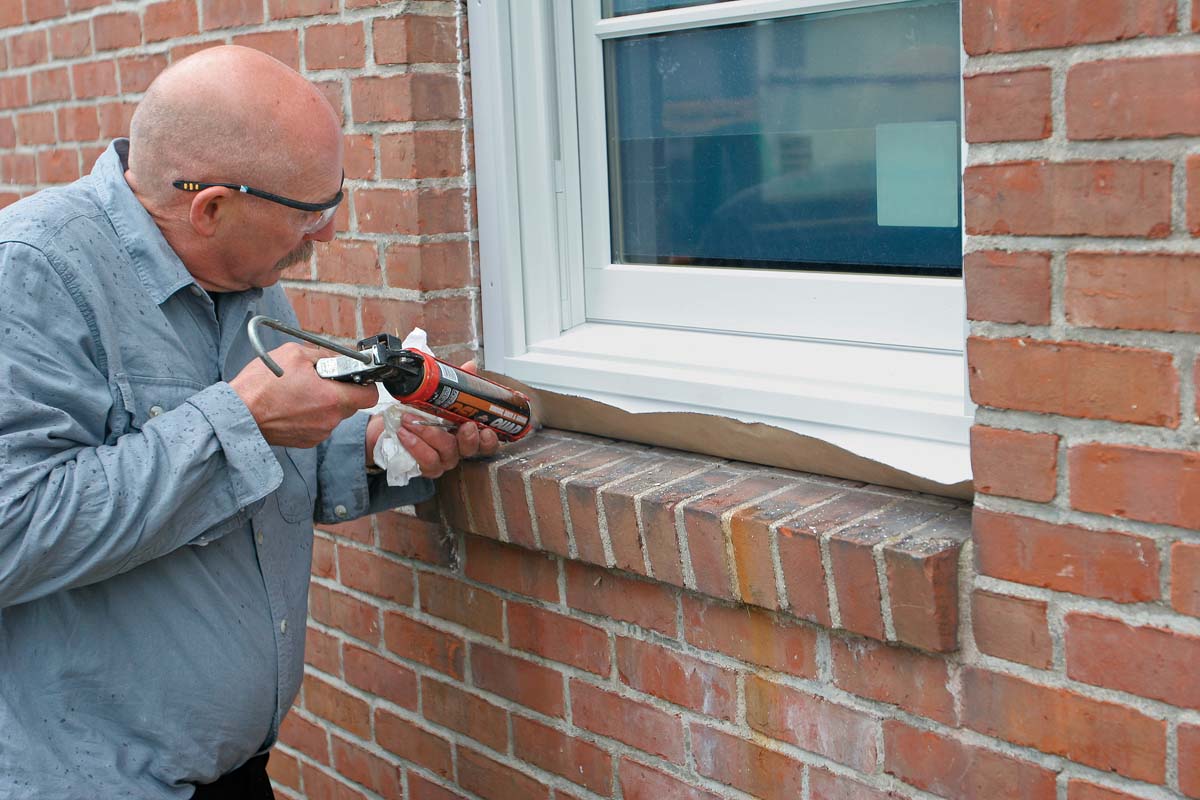
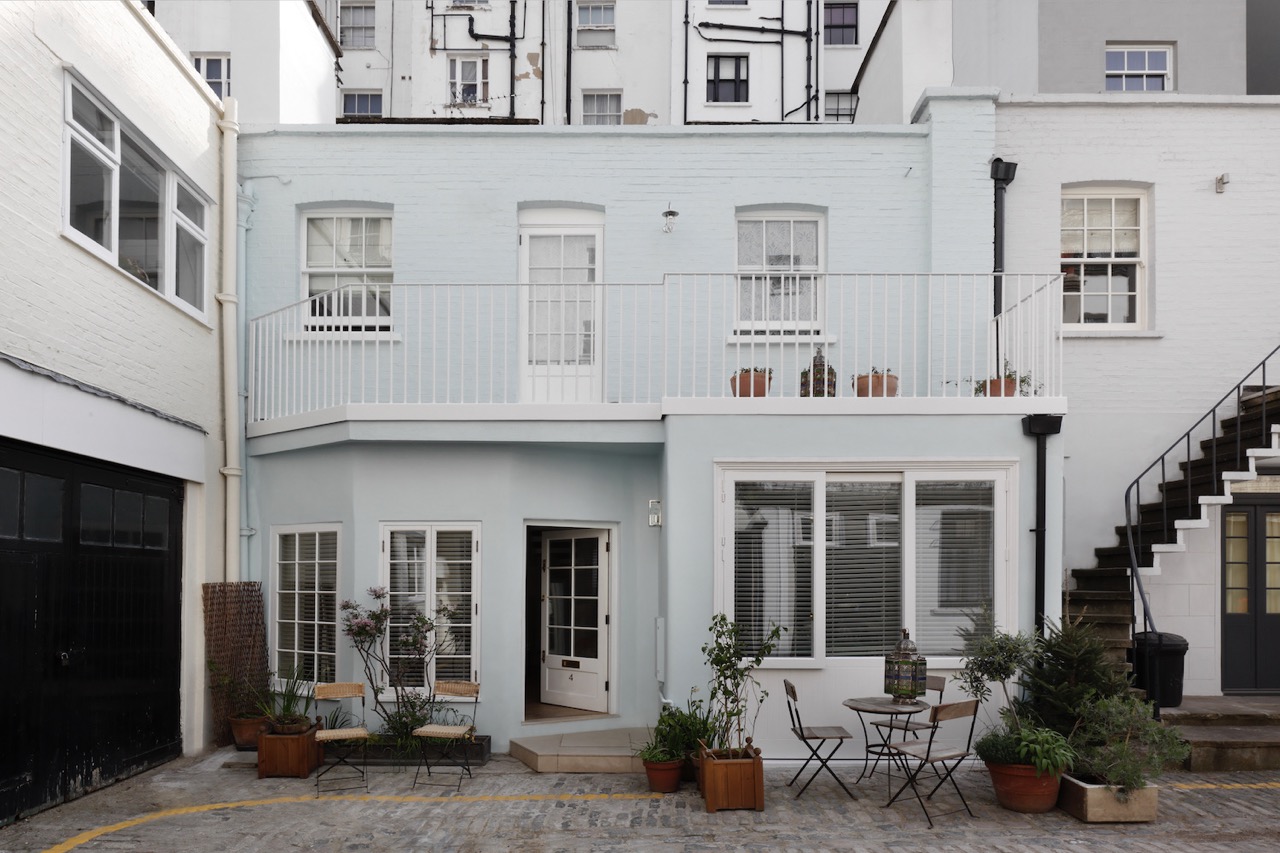
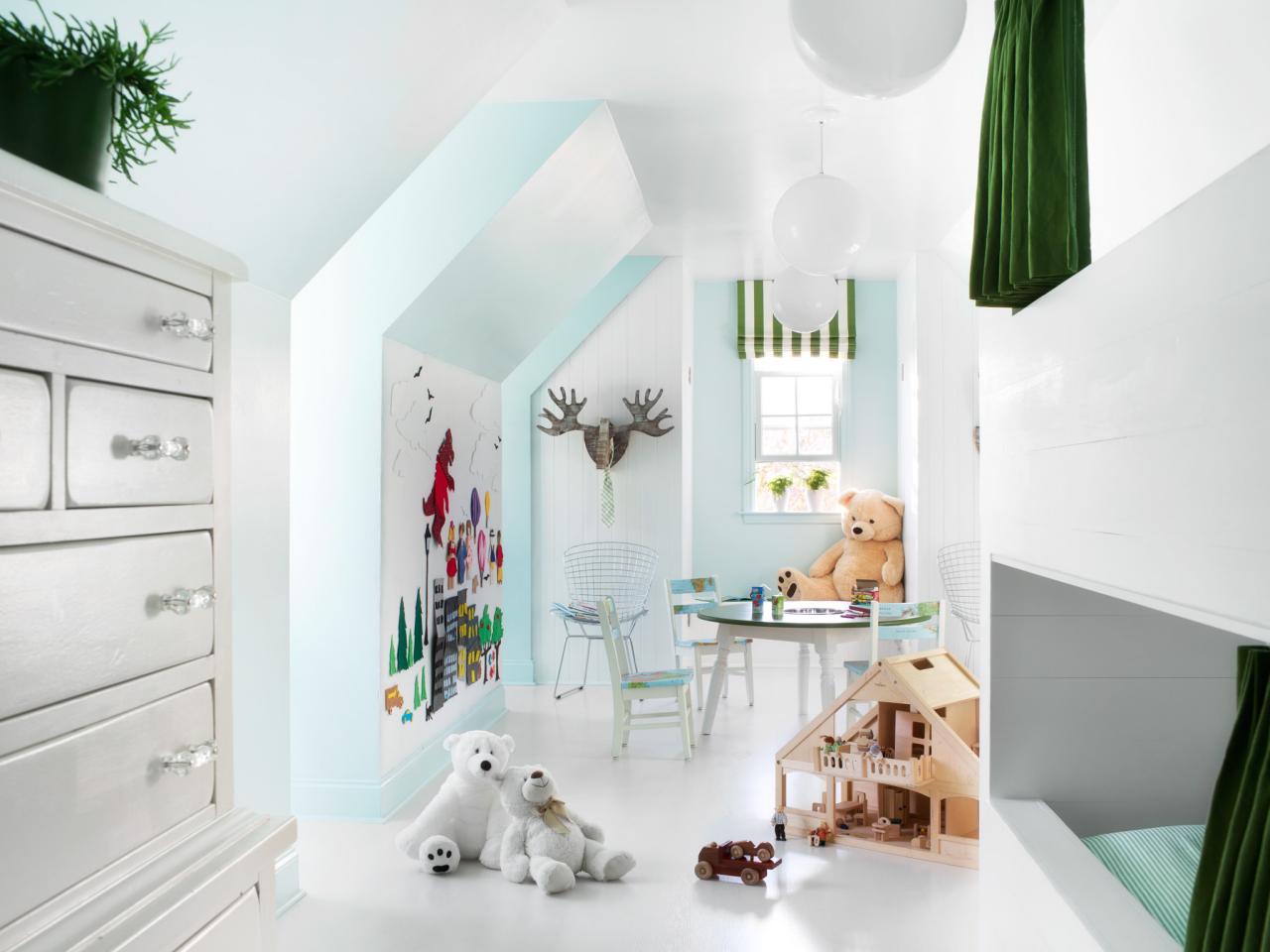


0 thoughts on “What Is New In Small House Design”